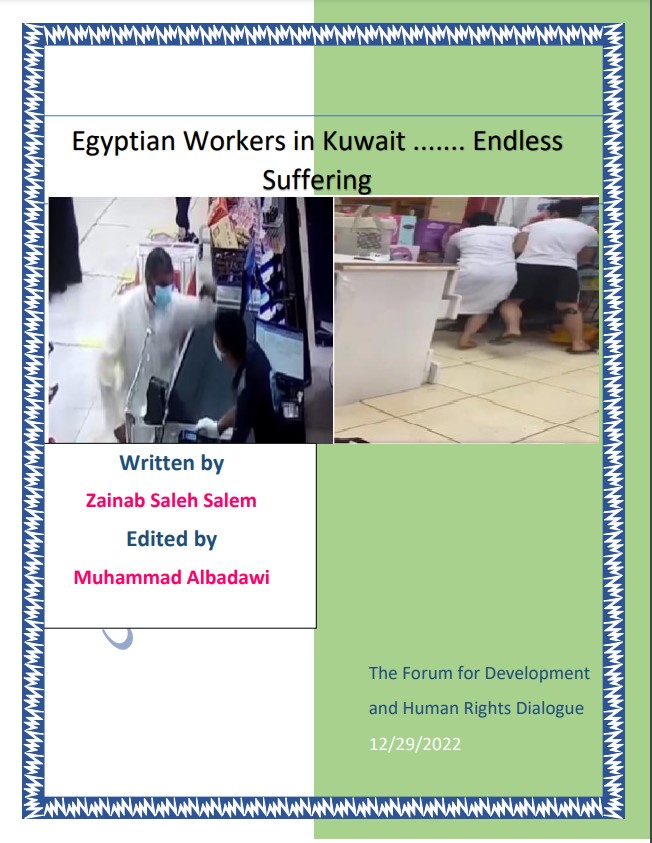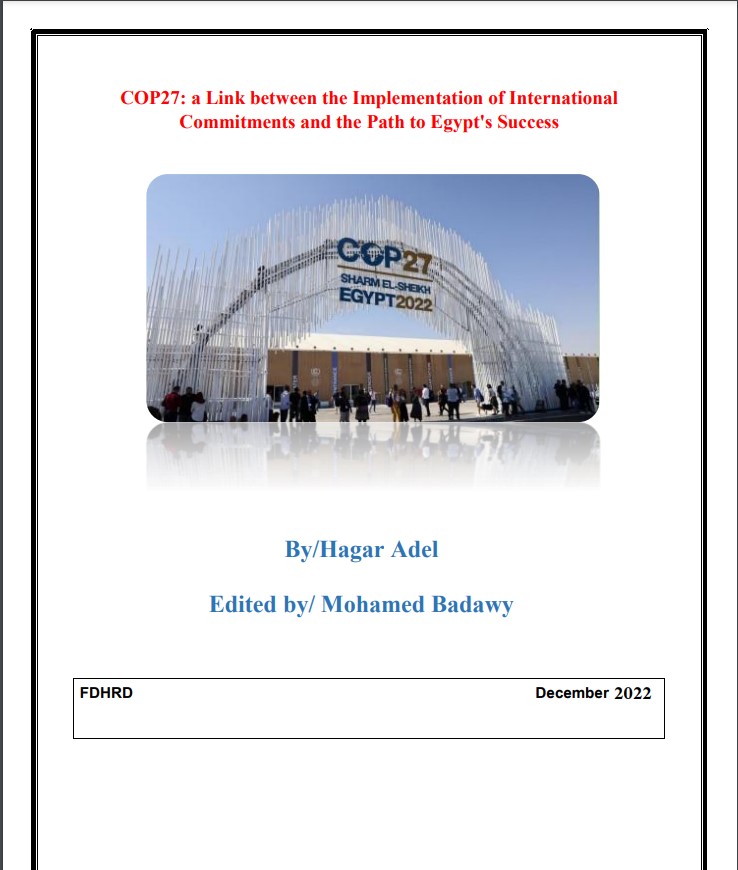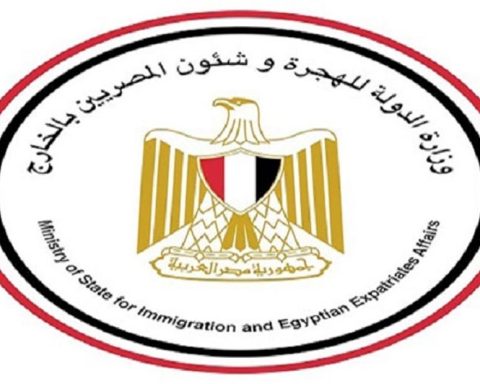International migration represents a vital aspect of labor markets in the Middle East
and North Africa region. The number of international migrants from developing
countries has increased significantly.
Since the early 1970s, immigration has been used as a tool to address some of
Egypt’s economic obstacles, specifically, those related to employment issues as the
motives for the immigration of Egyptians were and still are economic motives.
Egypt is considered the largest Arab country in terms of population. It is also the
largest immigrant-sending country in the Arab region. Labor migration plays an
important role in the Egyptian economy, as it reduces the burden on the local labor
market. It is a major source of foreign currency for the national economy, too.
It has impacts on sustainable development through their contributions to the
development of the country of origin and the country of reception. The
international migration from Egypt went through several stages, as the emigration
flow began in the mid-fifties (the period following the 1952 revolution), greatly
affected by poverty levels, economic difficulties, and social and economic policies.
Legal restrictions were then imposed on it in the sixties. It started again since 1971
when the right to emigrate and the rights of immigrants became stipulated in the
constitution. The rise in oil prices after the 1973 war in oil-producing countries also
led to an increase in the demand for manpower. The number of immigrants from
Egypt to these countries increased significantly

Latest from Egyptians Abroad
The Forum for Development and Human Rights Dialogue issued its report The report, published on 12
………………………………………………………………. The Egyptian Coalition for Human Rights and Development expresses its strong condemnation and denunciation of
After the Kuwaiti Ministry of Labor activated the so-called Kuwaitization policy onSeptember 1, 2022, which aims
The Forum for Development and Human Rights Dialogue (FDHRD) has gathered some cases that showcase the
Press Releases …………………………………………………………… The founder of the Forum for Development and Human Rights Dialogue (FDHRD) appreciates






